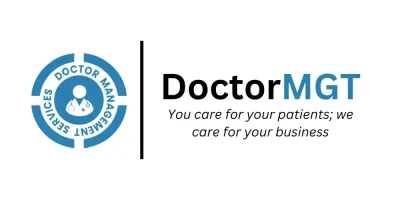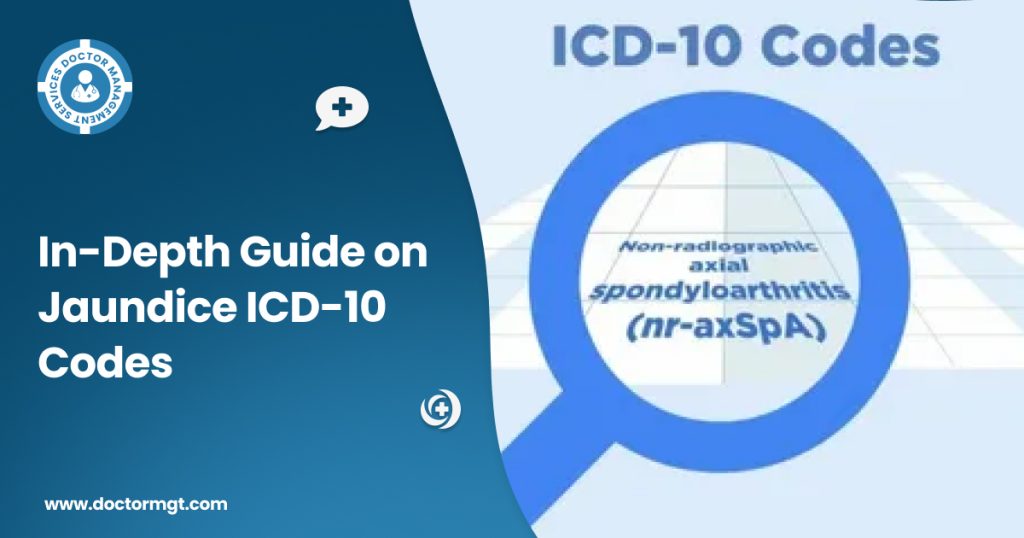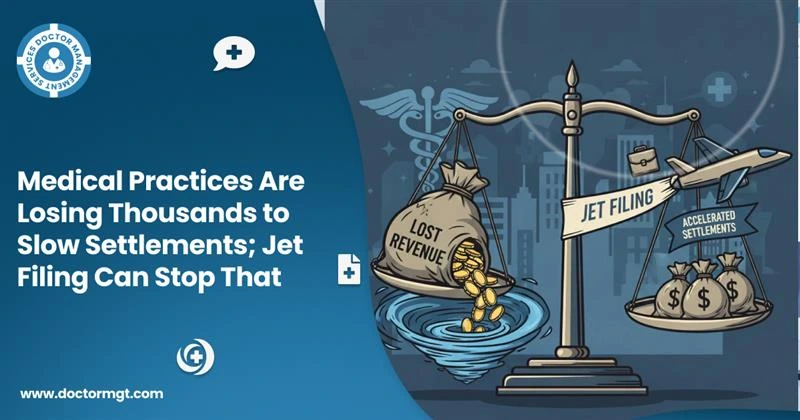Jaundice isn’t a condition in itself—it’s a symptom. It shows up as yellowing of the skin and eyes, usually due to a buildup of bilirubin in the blood. For healthcare providers, diagnosing the cause behind jaundice is critical, but so is choosing the correct ICD-10 code. Whether it’s a newborn case or a complication tied to polypharmacy ICD 10 concerns, accurate coding ensures proper patient management and smooth billing.
ICD-10 codes do more than get the claim through. They help identify the type of jaundice and guide the right treatment. This guide breaks down how to approach jaundice with the ICD-10 codebook in hand.
What is Jaundice?
Jaundice is a condition that makes the skin and eyes appear yellow and is caused by a buildup of bilirubin in the body, a byproduct of the decomposition of red blood cells. The condition itself is not a disease; rather, it is among the possible symptoms of a variety of health problems. These may include liver disease, hemolysis, and bile duct obstruction.
Jaundice is the result of three different causes, and each type is categorized as
- Obstructive jaundice
- Pre-hepatic jaundice
- Hepatic jaundice.
How ICD-10 Codes Facilitate Diagnosis of Different Types of Jaundice
The first thing to do if jaundice is found is to investigate the cause. ICD-10 codes assist providers in making this difference. For instance, when the specific cause of jaundice remains unclear, clinicians use R17.0—Unspecified jaundice. However, it allows clinicians to record the details of the condition and then proceed further with testing.
There are different types of jaundice based on underlying causes. These conditions can be related to liver disease, hemolytic anemia, or gallbladder issues. ICD-10 coding helps differentiate between types of jaundice to ensure appropriate care based on the underlying cause.
Main Types of Jaundice and Their ICD-10 Codes
Jaundice is commonly divided into three categories based on the point of disruption before (pre-hepatic), within (hepatic), or after (post-hepatic) the liver. Now, let’s dissect these with ICD-10 codes to provide some context.
1. Obstructive Jaundice
Biliary (obstructive) jaundice is a condition that occurs when there is an obstruction in the flow of bile. This obstruction prevents the excretion of bilirubin and causes a yellowish appearance in the skin and eyes. These clogs can arise from the presence of gallstones, tumors, or the narrowing down of the bile ducts. The utilization of the appropriate ICD-10 code is an indirect way of specifying the clinical focus of the blockade site.
Relevant ICD-10 Codes:
- K83.0 – Obstruction of bile duct: Applies when there’s a confirmed blockage caused by stones or narrowing.
- K83.1 – Hydrops of gallbladder: Refers to gallbladder swelling due to blockage.
- K83.2 – Perforation of bile duct: Indicates rupture and possible leakage of bile.
- K83.3 – Fistula of bile duct: The presence of an abnormal passage connecting the bile duct with another structure causing disrupting flow.
- K83.8 – Other specified diseases of biliary tract: For less typical but still known conditions.
- K83.9 – Biliary tract disease, unspecified: Used when diagnosis isn’t complete.
- C22.0 – Liver cell carcinoma: Tumor blocking bile inside the liver.
- C24.0 – Malignant neoplasm of extrahepatic bile duct: Cancer causing bile obstruction.
- C25.0 – Malignant neoplasm of pancreas (head): Pancreatic tumor compressing the bile duct.
- K80.6 – Other bile duct obstruction without gallstones: Used when blockage isn’t related to calculi.
These codes also provide guidance to providers for imaging, surgery, or oncology referrals based on the suspected etiology. When it comes to billing and treatment, knowing the difference between a plain gallstone and an obstructing malignant one is critical.
2. Pre-Hepatic Jaundice
It’s a kind of jaundice that occurs before bilirubin ever reaches the liver. This syndrome occurs due to heightened destruction of erythrocytes (red blood cells). This results in higher levels of bilirubin and it simply becomes too much for the liver to process. Pre-hepatic jaundice is frequently associated with hematologic illnesses or drug reactions.
Relevant ICD-10 Codes:
- D55.0 – G6PD deficiency anemia: Genetic disorder leading to hemolysis and jaundice.
- D55.1 – Other G6PD-related anemias: Similar conditions within the same family.
- D56.0 – Thalassemia: Inherited blood disorder impacting red cell production.
- D57.0 – Sickle-cell anemia with crisis: Destruction of red blood cells during acute episodes.
- D58.0 – Hereditary spherocytosis: Fragile red cells break down and increase bilirubin.
- D59.0 – Drug-induced autoimmune hemolytic anemia: Medication-triggered red blood cell destruction.
- D59.1 – Other autoimmune hemolytic anemias: Covers additional immune-driven cases.
- D59.2 – Non-autoimmune hemolytic anemia: Red cell breakdown not related to immune factors.
- D59.3 – Hemolytic-uremic syndrome: Often in children, causing anemia and kidney injury.
- D59.4 – Other red cell enzyme deficiency anemias: Rare enzyme issues leading to hemolysis.
- D59.5 – Paroxysmal nocturnal hemoglobinuria: Acquired blood disorder disrupting red cell stability.
If the cause is not clear, the extra code R17 can be used in cases where pre-hepatic jaundice is still suspected.
Proper use of these codes facilitates timely intervention, especially in genetic disorder or drug response patients. In some cases, such as those related to podiatry billing services, diagnoses can result from underlying, more complicated matters, which is why the correct selection of the codes is equally significant.
3. Hepatic Jaundice
Jaundice inside the liver — this type of jaundice occurs when the liver is damaged and fails to deal with bilirubin. This type of jaundice is a medical condition. Other causes include alcoholic liver disease, viral hepatitis, and fatty liver. Differentiating between acute and chronic toxic and infectious causes is possible with appropriate ICD-10 coding.
Relevant ICD-10 Codes:
- K70.0 – Alcoholic fatty liver: Common in chronic alcohol users, leading to liver dysfunction.
- K71.0 – Toxic liver disease with cholestasis: Caused by exposure to harmful substances.
- K72.0 – Acute/subacute hepatic failure: Rapid liver failure affecting bilirubin metabolism.
- K73.0 – Chronic hepatitis, NEC: Chronic inflammation interfering with bile processing.
- K74.0 – Hepatic fibrosis: Scarring hampers bilirubin movement through the liver.
- K75.0 – Liver abscess: Infection forming pus pockets in liver tissue.
- K76.0 – Fatty liver, NEC: Often linked to obesity and metabolic syndrome.
- K76.6 – Portal hypertension: Pressure build-up in portal vein impacts liver function.
- B15.9 – Acute hepatitis A: Common viral infection causing inflammation.
- B16.9 – Acute hepatitis B: Blood-borne virus leading to liver inflammation.
- B18.0 – Chronic hepatitis B with delta-agent: Co-infection worsens disease progression.
- B18.2 – Chronic hepatitis C: Long-term viral liver infection.
We can use supplemental codes such as R17.0 when the exact pathogenesis is unclear. But if there is clearly a hepatic cause of the jaundice occurs in conjunction with complications such as ascites, we might use R18.8.
These ICD-10 codes can help with treatment planning and continuity of care, particularly in patients with chronic (or long-term) liver disease. All of the above are codes that come under the umbrella of internal medicine medical billing, and knowing when to apply them is half the battle in ensuring clean claims and a reduction in delays.
Final Thoughts
Jaundice may appear as a simple yellow color, but the underlying conditions can differ significantly. ICD-10 codes are a very useful tool that enables providers to identify the jaundice type and treat patients more effectively than before. Codes for liver cancer and other conditions, such as enzyme deficiencies and bile duct obstructions, provide a distinct narrative.
Routine or complex, one specialty involved or several, ICD-10 adds a layer of consistency to the care patients receive and the billing that follows. Be precise; be a sharp coder and let your coding be as good as your clinical experience.







